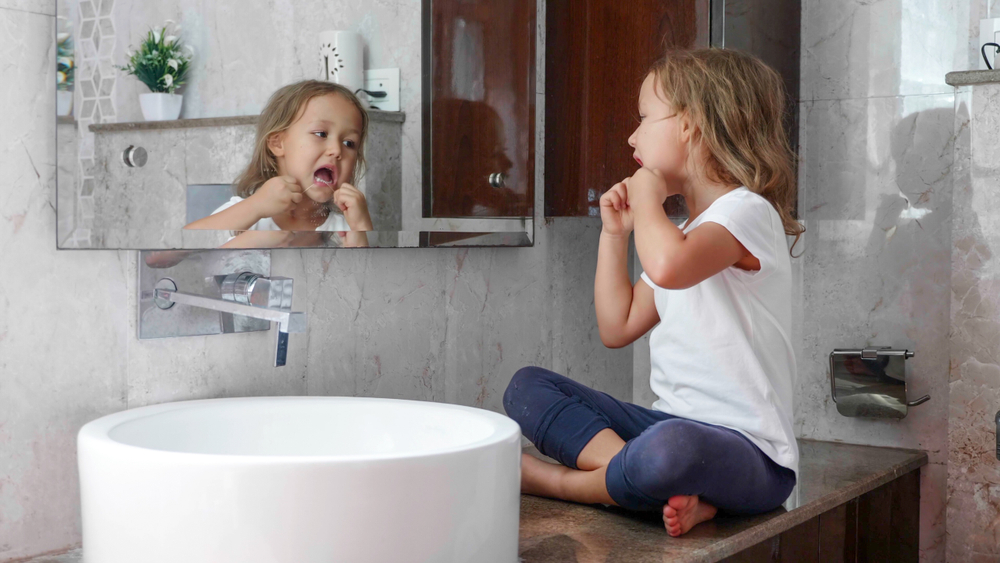There are too many Americans who do not floss their teeth on a regular basis, and for many, this behavior begins at a young age. Too many children are not taught how to floss properly and reminded why it’s so important, but you can ensure this doesn’t happen to your child by taking the proper steps while they’re still young.
At Southridge Pediatric Dentistry, our children’s dentist checkups include a variety of themes: Dental cleanings, X-rays and other potential in-house services, yes, but also expertise provided to both parents and children on vital areas of oral care, including flossing. Here’s a basic primer on the simple flossing needs that should be presented to children, plus some tips on making flossing easier and more enjoyable for kids who may struggle with it.
Standard Floss Basics
Generally speaking, pediatric dentists recommend you should begin teaching children about flossing as early as two or three years of age. This is an age where enough teeth have usually come in that flossing between certain areas is necessary, but it’s also one where kids will require specific supervision. Do your best to explain to them, in the simplest terms possible, that flossing is important for removing the gunk between their teeth they can’t reach with a toothbrush – gunk that is bad for them.
Generally speaking, kids should be taught to cut off about 18 inches of floss at once. They should be shown how to wrap this around their finger or a flossing device, plus how to gently guide the floss between teeth and around the gum line for effective flossing. Our next several sections will go over some ways to make this more enjoyable in cases where kids struggle.
Doing it Together
One common method many parents find success with for young children is making flossing a communal experience. Many young kids look to their parents for every cue, and they’ll be much more invested in flossing if you’re doing it at the same time. And hey, if this helps you keep up with your own flossing habits, all the better.
Child Control
Whenever possible, give your child control over this process. Parts of flossing may be difficult, including the dexterity required – make this simpler by allowing kids to choose child-friendly floss sticks or other tools like water flossers, which tend to be available with many of their favorite TV or book characters. This will make them more excited to floss each day, helping remove some of the stress of the process.
Make it Fun
Finally, for kids having trouble with flossing, look for other ways to spice it up. Some parents will play a game with their kids centered around flossing, for instance, while others will create a basic reward system like stickers or gold stars for successful flossing.
For more on how to teach your kids about flossing and get them into the habit, or to learn about any of our pediatric dentist services, speak to the staff at Southridge Pediatric Dentistry today.
![logo-2[1]](https://southridgepd.com/wp-content/uploads/2022/03/logo-21.png)

